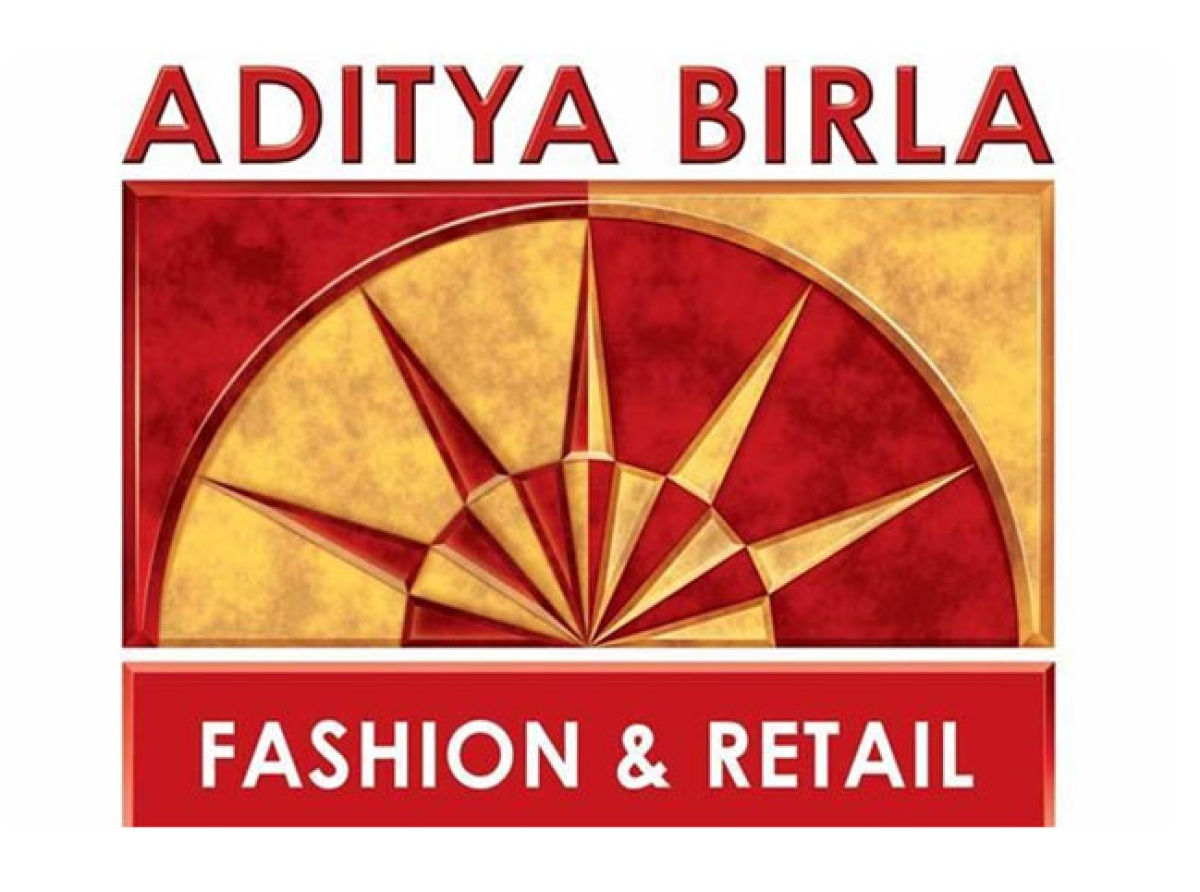ABRFL’s new entity TMRW will help it become India’s next fashion major

13 June 2022, Mumbai:
Aditya Birla Fashion & Retail (ABFRL) is currently on an expansion spree.The company has launched its own ‘house of brands’ entity ‘TMRW’ to support the development of digital fashion and lifestyle brands. To operate as a wholly owned subsidiary of the Aditya Birla Group, this entity will build over 30 brands in the next three years.
The move also marks ABFRL’s entry into the D2C segment which is expected to reach $100 billion by 2025. Earlier known for housing a few brands, the company is widening its portfolio to include a larger variety catering to a large number of consumers, says Ankur Bisen, Senior Partner and Head-Food and Retail, Technopak Advisors. The launch will help ABFRL position itself as the next fashion major, Bisen opines. It will be led by Prashanth Alluru, A former Facebook and Bain employee.
Growing importance among newage consumers
TMRW will also make ABFRL competitive with start-ups like the Good Glamm Group and Mensa Brands, etc., and increase the company’s importance amongst newage consumers. The move is being emulated by other companies like Reliance Retail and Myntra.
With a network of over 3,3000 stores across India, ABFRL holds brands like Pantaloons, Van Heusen, Louis Philippe, and Allen Solly. It also has collaborations with brands like Forever 21, American Eagle, and Reebok. The retail company has formed strategic partnerships with ethnic wear designers including Sabyasachi, Masaba, and Shantanu & Nikhil.
Significantly ABFRL’s achievements during the year include a 55 percent surge in revenues to Rs 8, 136.22 crores. The company also narrowed its losses to Rs 108.72 crore during the year. Around 68.4 percent of revenue was achieved from Madura Fashion & Lifestyle and the remaining 31.6 percent came from Pantaloons, reveals Bloomberg data.
ABFRL has also built a good consumer portfolio for these brands, says Ambi Parameswaran, Author, and Founder, of Brand-Building.com.
It manages them separately. The new entity will offer these as well as other ethnic brands acquired by ABFRL in the last three years, he adds. The collaborations these brands will enter into will probably be in areas like supply chain, logistics, finance, and HR.
They will focus on building strong individual identities. In 2017, ABFRL shut down its maiden e-commerce venture All About Fashion (ABOF) though the venture was again made available on Flipkart and Myntra in August last year.
Focus on exclusivity
Building a ‘house of brands’ benefits both, large conglomerates and smaller brands acquired by them.
The concept is particularly beneficial to the few niche D2C brands that find it difficult to swim through the complicated multi-layered distribution and retail channels, as it helps them connect directly with customers.
Devangshu Dutta, CEO, of Third Eyesight, affirms, that having a house of brands helps companies launch a variety of product ranges and remain exclusive. It also helps them expand into the established modern and traditional retail formats and cater to a more general audience
Non-compatible with few distribution models
On the other hand, large companies cannot grow their existing brands and products beyond a certain point.
They are compelled to acquire other businesses and brands, Dutta explains. The model also faces other challenges like the non-compatibility of categories with the distribution and supporting multiple brands with marketing investments, adds Anshuman Bhattacharya, Partner, and National Leader-Consumer Products and Retail.
Another major challenge of the model is the concentration of market power within a few selected companies which can not only impact consumer demand but also product supplies and prices.

























